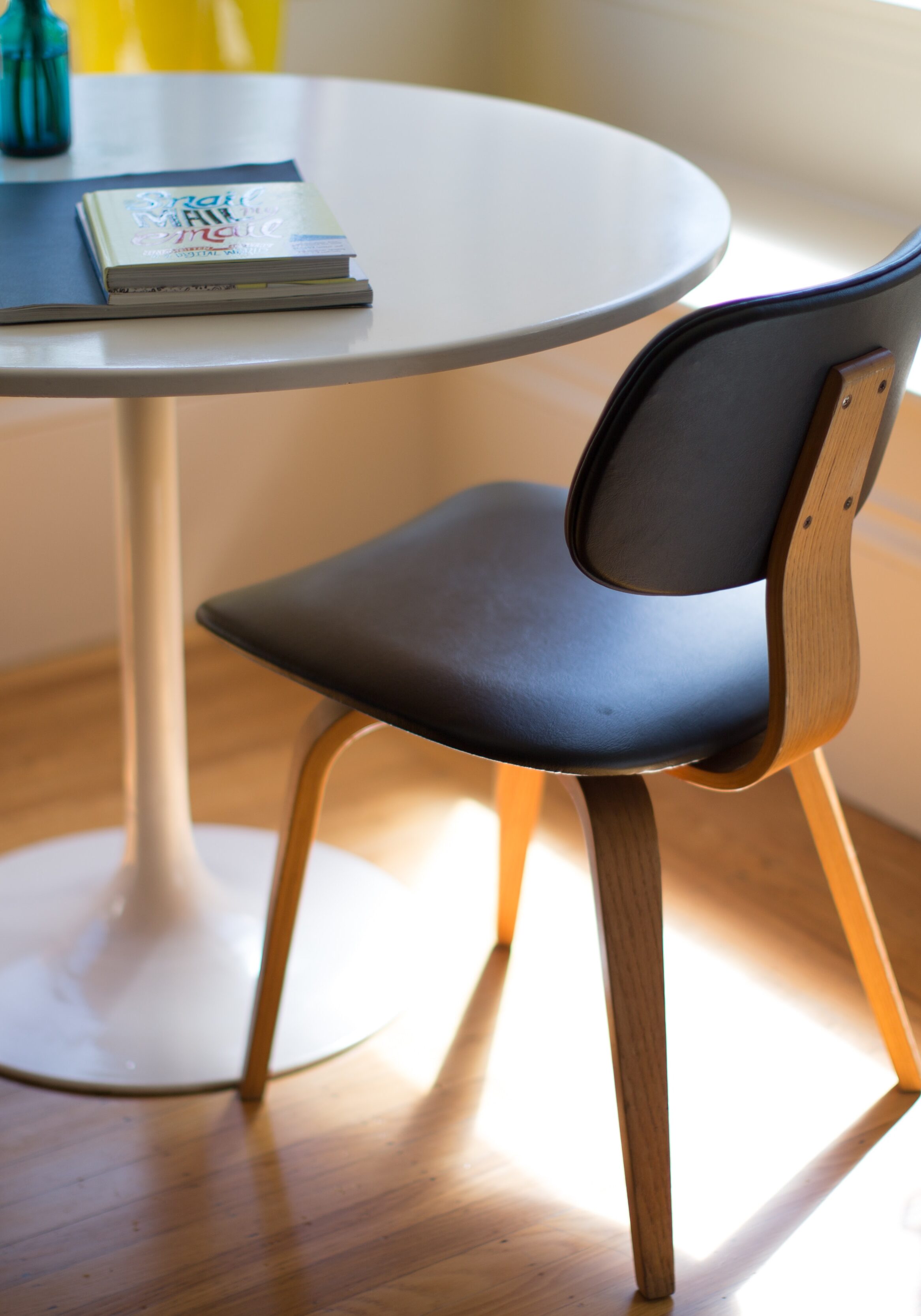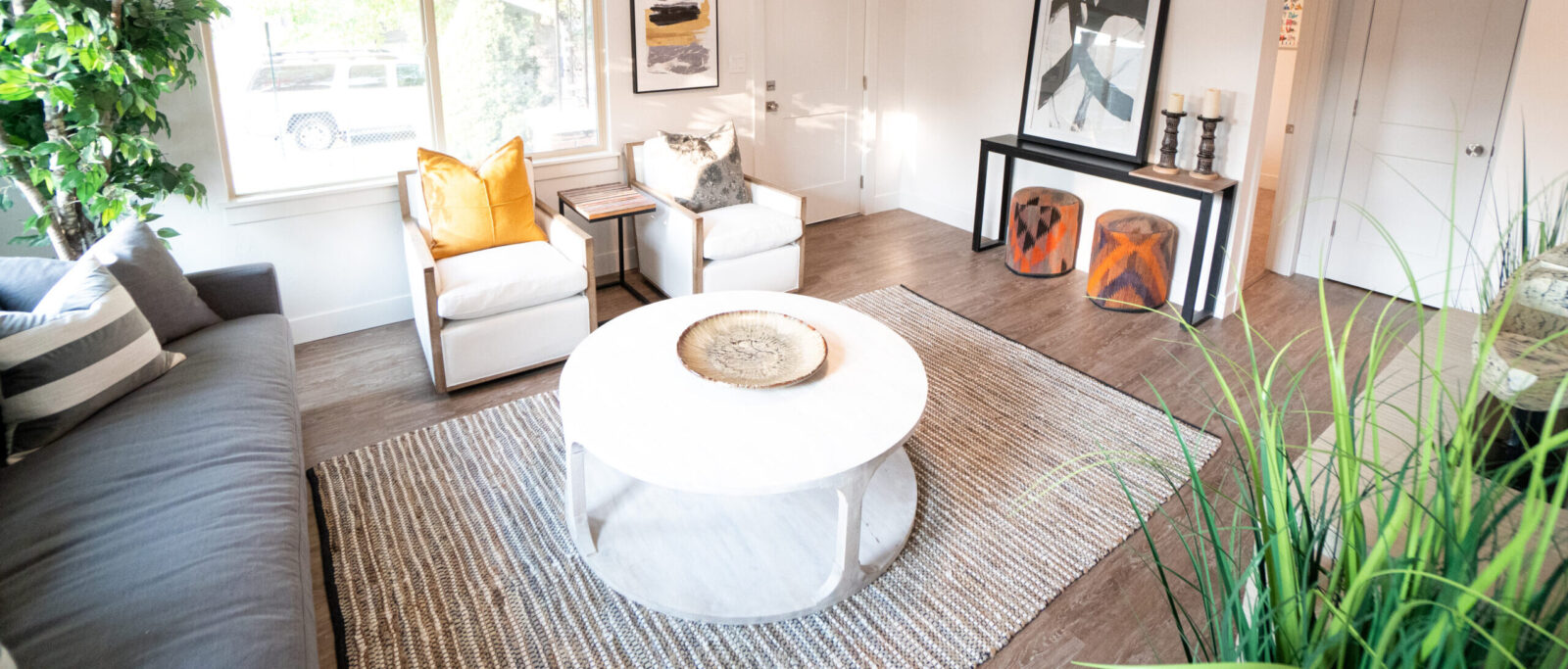
Smart Renovations in Rental Properties
A big hurdle rental property owners run into is making smart renovation choices for their home. One of the most exciting parts about owning property is making design choices that really turns a house into a home. Homes are a creative outlet that allow you to show who you are and allows you to be comfortable.
However, when it comes to rental properties you have to completely change how you think about your choices and budget. A rental needs to make financial sense and appeal to the most amount of people possible. We have two thoughts on rental renovations. Keep the maintenance extremely low and spend money where it matters most to people. You can read about more of our thoughts with this article. We will be going into our thoughts on the most common renovations choices every investor struggles with and our thought process with our decisions and cost.
FLOORING: A big costly decision
The type of flooring in your rental is a huge decision and typically one of the most expensive. There are really four flooring types: tile, wood, vinyl or carpet. Our choice is always vinyl, specifically luxury vinyl planks (LVP). They are incredibly strong, waterproof, easy to install and replace if damaged. LVP can range anywhere between $3-$7 per square foot for most brands, colors and sizes and can be installed by almost anyone. Getting durable LVP flooring is a rather expensive cost upfront but well worth the cost over time. With any major immediate cost upfront you have to calculate the ROI. Our rule of thumb with most ROI’s is two years. If we don’t recoup the cost in two years we have to strategize differently.
The very first thing we take into consideration before installing LVP throughout is: what is the state of the flooring in the home currently? Is it in good or bad shape? Does the home have carpet in bedrooms and hallways as well as tile in bathrooms and kitchens that’s all in good shape? If the answer is yes- don’t spend the money. We repeat, do not spend the money. Let tenants get the use out of the flooring that’s there and when it’s time to change it out throw down LVP throughout the entire home.

Ask yourself “will this help me charge more rent or save me on maintenance?” If the answer is no- don’t do it. We know what you’re thinking already but hear us out. We have never had a tenant turn a place down because it has carpet and tile in the home and not LVP throughout. On the flipside of that we have never been able to charge more rent and claim its because of the beautiful LVP flooring we installed. The ROI you will calculate on flooring is the cost of replacing the carpet every 1-3years between tenants. LVP will last a lifetime with virtually no maintenance. If you don’t need to spend the cost upfront on new flooring don’t do it. The fact is tenants do not care what’s laying on the floor as long as it’s in good shape and clean, you’re good to go. Make smart choices.
HEATING AND COOLING: Not too hot, not too cold.
When it comes to keeping a rental heated and cooled we really change up our thoughts here. Keeping the house warm in winter and cool in summer is more than comfort. Maintenance on swamp coolers or old furnaces adds up quickly. It also plays into your monthly rent, with a failing heating and cooling system in a home you will lose tenants quickly causing unnecessary vacancy. Vacancy is by far the biggest expense in rental properties, every month without a paying tenant is coming right out of your pocket. If you want to weigh the pros and cons between them both feel free to give this a read, these guys tend to know what they are talking about.
On every rental we evaluate the furnace system. We have the entire system inspected and get a quote on adding coils, condenser and lines to have central air installed installed right off the bat. Quotes range drastically because it depends on the size of the condenser needed, brand and labor to install everything. This is never a cheap item usually in the ballpark of $4-6k to have central air installed to replace old swamp coolers. Typically central air parts have 10+ year warranties and you can find labor warranties as well if parts break.
Swamp coolers have a tendency to need a lot of maintenance every season. They must be prepped for winter and have water turned off and drained. Cooling pads, water lines and motors go out often in swamp coolers. That’s just the beginning, swamps also pump in a lot of moisture into the home with the cool air and if not fixed the water line leaks set in and damage roofs, walls and floors. The next time you are driving through a neighborhood take a look at the homes with swamp coolers and count the number of water leak damage you can spot from the road. Almost every house in the neighborhood you can see the water line leaks that destroy homes. For us we would rather buy $4-6k AC unit then replace a $20k roof before its time. Not to mention tenants are always more eager to live in a home with central air.
Protip: Think preventative work, low maintenance, low effort. You want the most bang for your buck and a worry free future.
PAINT: Keep it simple stupid.
Everyone has a different take on paint, if you were to ask 10 people you would hear 10 different opinions on what you should do. We stick to the basics on this, one tone semi-gloss white paint. That’s it, nothing fancy at all. We try and paint every house solid white from the ceiling to the trim. Semi-gloss white cleans up well, doesn’t go out of style and is cheap to repaint when needed. Some tenants will want to paint their walls after they move in. If they paint and have a certain shade of grey or tan matching that one room to the rest of the house will be a headache and take quite a bit of your time. Even if tenants didn’t paint and you splurged and went with an awesome light grey you have more prep work in tail and if those walls get dinged up a little matching that patch will be hard. If everything is white you stick some primer over it and start from scratch.
Walls get damaged with tenants moving in and out, children and their artwork, pets with claws and teeth. The goal here is to quickly patch scratches and bumps with no extra headache. Paint is another one of those things that don’t add any value to the rent. Remember to ask yourself, “will this help me charge more rent or save me on maintenance?”If the answer is no- don’t do it.
KITCHENS AND BATHROOMS: Think waterproof and tenantproof.
The two rooms in the house with the most traffic and moisture need to be sealed up tight and be incredibly tenant-proof. Just like installing central air in every unit we will immediately install a fiberglass shower surround. If a shower has anything other than a fiberglass surround it has huge potential to leak and we all know how bad water is for a home. Tile looks amazing and we would install it in our own homes every day of the week but the fact is that tile is a lot more upkeep than fiberglass. Fiberglass surround designs have come a long way since the 80’s, are very affordable, leak resistant and available in a variety of colors.

Kitchens have the most foot traffic in every home and can cause the biggest maintenance issues in rentals. From clogged pipes to broken appliances they can turn into money pits. When it comes to most appliances we try to provide the least amount possible so when they break we don’t have to fix them. We try not supply fans, refrigerators, microwaves, washer or dryers. Having a kitchen that can withstand the test of time and tenants is worth its weight in gold. Every kitchen needs two things: storage and utility. Make sure your kitchens have plenty of storage space for food and kitchenware. In our opinion every kitchen needs a garbage disposal and dishwasher. These two things help to not clog up pipes with food being washed down them and dishwashers go a long way with renting a place quickly.
Protip: The amenities in a home can allow you to charge a few dollars more in rent. Supplying appliances at tenant request you can typically charge and additional $50 per month.
Funny enough but having a dishwasher is a huge renting opportunity. With that said, when a tenant comes to us and asks for an appliance or two we work that price into an increase in the rent. It doesn’t happen often because tenants usually have their own appliances so be prepared for tenants that do want you to provide them.
WHAT WE LEARNED
If you take anything from this entire article it’s this one line. “Will this help me charge more rent or save me on maintenance?” If the answer is no- don’t do it. We try and live by that rule when it comes to our rentals with the few exceptions we wrote about. When possible change out all flooring to something durable and that will last for years. Always consider installing central air. Use semi-gloss white paint from the ceiling to the trim and make your kitchens and bathrooms as tenant proof as possible.
When it comes to planning your renovation choices and designs you need to think completely different than if it were your own home. Rental properties need to make financial sense and appeal to as many people as possible. We perform free Rental Market Analysis to everyone. It's another way to verify your rental financials are in a good spot. Send us some basic info and we will perform one for you to talk numbers and make sure you're at market value. Make smart choices that will save you time and allow you to spend your money where it matters most.
